Home>Furniture & Design>Bathroom Accessories>How To Choose A Bathroom Exhaust Fan
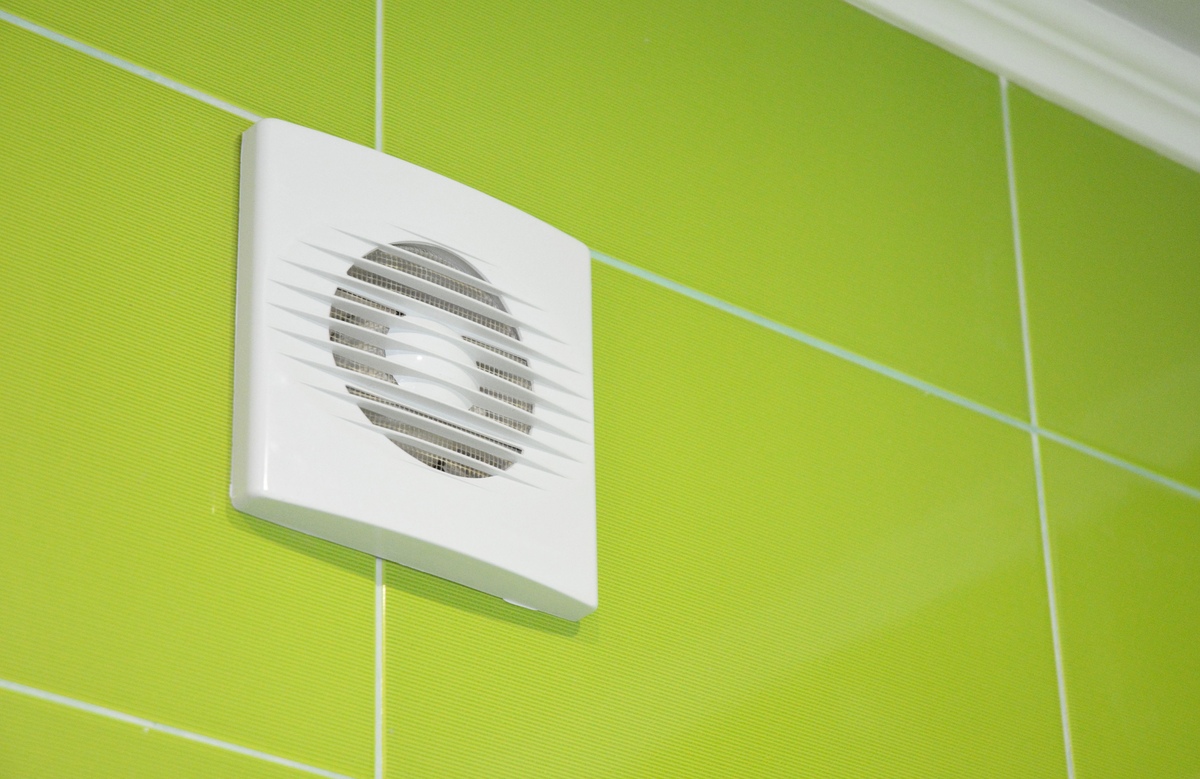

Bathroom Accessories
How To Choose A Bathroom Exhaust Fan
Modified: March 19, 2024
Learn how to select the best bathroom exhaust fan for your needs. Discover the top features and considerations for bathroom accessories.
(Many of the links in this article redirect to a specific reviewed product. Your purchase of these products through affiliate links helps to generate commission for Storables.com, at no extra cost. Learn more)
Importance of Bathroom Exhaust Fans
Bathroom exhaust fans are often an overlooked yet crucial component of a well-maintained home. These unsung heroes play a vital role in maintaining indoor air quality and preventing a host of potential issues. Here's why they are indispensable:
-
Moisture Control: When you take a hot shower or run a bath, the resulting steam can quickly permeate the air, leading to excess moisture. Without proper ventilation, this moisture can linger, promoting the growth of mold and mildew. A bathroom exhaust fan efficiently removes this excess moisture, helping to prevent mold and mildew buildup, which can cause damage to walls, ceilings, and fixtures.
-
Odor Elimination: Bathrooms can quickly become a breeding ground for unpleasant odors. Whether it's from personal grooming routines or other bathroom activities, odors can linger and spread throughout the home. An exhaust fan effectively removes these odors, helping to maintain a fresh and inviting atmosphere in your home.
-
Air Quality Improvement: In addition to moisture and odors, bathrooms can also harbor airborne particles such as dust, allergens, and fumes from cleaning products. An exhaust fan helps to remove these pollutants, contributing to better indoor air quality and a healthier living environment.
-
Prevention of Structural Damage: Excess moisture in the bathroom can lead to a range of structural issues, including peeling paint, warped cabinetry, and deteriorating grout. By swiftly removing moisture, bathroom exhaust fans help to preserve the integrity of your home's structure and finishes.
-
Enhanced Comfort: Proper ventilation provided by an exhaust fan can make your bathroom a more comfortable space. It helps to regulate humidity levels, preventing that sticky, clammy feeling often associated with poorly ventilated bathrooms.
In summary, bathroom exhaust fans are indispensable for maintaining a healthy, comfortable, and structurally sound home. By effectively managing moisture, odors, and air quality, these unassuming devices play a crucial role in preserving the integrity of your home and ensuring a pleasant living environment.
Key Takeaways:
- Bathroom exhaust fans are essential for maintaining a healthy and comfortable home by removing moisture, odors, and pollutants, preventing structural damage, and enhancing overall comfort.
- When choosing a bathroom exhaust fan, consider the size based on bathroom dimensions, fixture count, and ventilation guidelines, as well as noise levels to ensure efficient and quiet operation.
Read more: How To Choose Bathroom Exhaust Fan
Considerations for Sizing
When it comes to selecting a bathroom exhaust fan, ensuring the correct size is paramount for optimal functionality. The sizing of an exhaust fan is determined by the volume of air it can move, typically measured in cubic feet per minute (CFM). To determine the appropriate fan size for your bathroom, several key considerations should be taken into account:
-
Bathroom Size: The size of the bathroom directly influences the required CFM rating of the exhaust fan. Larger bathrooms necessitate fans with higher CFM ratings to effectively remove moisture and odors. As a general guideline, a small bathroom (under 50 square feet) requires a fan with a CFM rating of at least 50, while larger bathrooms may require fans with CFM ratings ranging from 50 to 150 or more.
-
Fixture Count: The number of fixtures in the bathroom, including toilets, sinks, and showers, also impacts the required fan size. Each fixture contributes to the overall moisture and odor levels in the space, necessitating a higher CFM rating to adequately ventilate the area.
-
Duct Length and Configuration: The length and configuration of the ductwork through which the fan will expel air can affect its performance. Longer ducts and complex configurations may require a more powerful fan to maintain adequate airflow and ventilation.
-
Ventilation Rate Guidelines: Building codes and ventilation rate guidelines provide specific recommendations for the minimum airflow required in bathrooms based on their size and intended use. Adhering to these guidelines ensures that the exhaust fan effectively fulfills its ventilation duties.
-
Noise Considerations: While not directly related to sizing, the noise level of the fan should also be considered. Larger fans with higher CFM ratings may produce more noise, which could be a concern in quieter bathroom spaces.
By carefully considering these factors, homeowners can select an exhaust fan that is appropriately sized for their specific bathroom, ensuring efficient moisture and odor removal while maintaining a comfortable and quiet environment. Proper sizing not only enhances the fan's performance but also contributes to the overall functionality and comfort of the bathroom space.
Understanding Ventilation Rates
Ventilation rates play a pivotal role in determining the effectiveness of a bathroom exhaust fan. These rates are typically measured in cubic feet per minute (CFM) and indicate the volume of air that the fan can move within a minute. Understanding ventilation rates is essential for selecting an exhaust fan that can adequately ventilate the bathroom space, ensuring optimal air quality and moisture control.
Building codes and industry standards provide specific guidelines for ventilation rates based on the size and usage of the bathroom. These guidelines are designed to promote adequate air exchange, moisture removal, and odor control within the space. While the exact ventilation rate requirements may vary by location and building codes, there are general principles that can guide homeowners in understanding and applying ventilation rates effectively.
For standard bathrooms, the recommended ventilation rate typically ranges from 50 to 100 CFM. However, larger bathrooms or those with additional fixtures may require higher CFM ratings to accommodate the increased moisture and odor levels. It's important to note that the ventilation rate should be sufficient to achieve a complete air exchange within the bathroom several times per hour, effectively removing stale air and replacing it with fresh, outdoor air.
In addition to bathroom size and fixture count, the intended use of the bathroom also influences ventilation rate requirements. For example, a master bathroom with a luxurious soaking tub or a spa-like shower may necessitate a higher ventilation rate to manage the elevated moisture levels generated during extended use.
Understanding ventilation rates also involves considering the impact of ductwork on the overall airflow. The length, diameter, and configuration of the ducts through which the fan expels air can affect the fan's performance. Longer ducts or those with multiple bends and turns may require a more powerful fan to maintain the desired airflow and ventilation efficiency.
By comprehending ventilation rates and their implications, homeowners can make informed decisions when selecting a bathroom exhaust fan. Choosing a fan with an appropriate CFM rating ensures that the ventilation needs of the bathroom are met, promoting a healthier indoor environment and safeguarding the structural integrity of the home.
In summary, understanding ventilation rates is essential for selecting an exhaust fan that can effectively manage moisture, odors, and air quality in the bathroom. By adhering to ventilation rate guidelines and considering specific factors such as bathroom size, fixture count, and ductwork configuration, homeowners can ensure that their chosen exhaust fan provides optimal ventilation performance, contributing to a comfortable and healthy bathroom environment.
Types of Exhaust Fans
When it comes to bathroom exhaust fans, there are several types available, each designed to cater to specific ventilation needs and preferences. Understanding the different types of exhaust fans can help homeowners make informed decisions when selecting the most suitable option for their bathrooms. Here are the primary types of exhaust fans commonly found in the market:
-
Ceiling-Mounted Exhaust Fans: These are the most common type of bathroom exhaust fans and are typically installed in the ceiling. They are designed to draw moisture, odors, and airborne particles upward and expel them outside through a duct. Ceiling-mounted exhaust fans come in various sizes and airflow capacities to accommodate different bathroom dimensions and ventilation requirements.
-
Wall-Mounted Exhaust Fans: As the name suggests, these fans are installed directly into an exterior wall of the bathroom. They are ideal for bathrooms where ceiling installation may not be feasible or practical. Wall-mounted exhaust fans effectively remove moisture and odors, providing an alternative ventilation solution for spaces with specific layout constraints.
-
Inline Exhaust Fans: Inline exhaust fans are installed in the attic or a remote location, away from the bathroom. They are connected to the bathroom via ductwork and are known for their quiet operation. Inline fans are suitable for bathrooms with limited ceiling space or for those requiring enhanced noise control. They offer flexibility in installation and can effectively ventilate larger bathrooms.
-
Combination Exhaust Fan/Light Units: These multifunctional units combine an exhaust fan with a light fixture, offering dual functionality in a single, space-saving package. They are popular for bathrooms where lighting and ventilation upgrades are desired. Combination exhaust fan/light units come in various designs, including traditional and contemporary styles, allowing homeowners to enhance both the aesthetics and functionality of their bathrooms.
-
Heat and Ventilation Combination Units: These specialized exhaust fans incorporate both ventilation and heating elements, providing enhanced comfort, especially in colder climates. They are designed to efficiently remove moisture while simultaneously offering warmth, making them ideal for bathrooms where maintaining a comfortable temperature is a priority.
-
Smart Exhaust Fans: With advancements in home automation, smart exhaust fans have emerged as a modern and convenient option. These fans can be controlled remotely via smartphone apps or integrated into smart home systems, allowing users to adjust settings and monitor ventilation performance from anywhere. Smart exhaust fans offer added convenience and energy-saving features, making them an attractive choice for tech-savvy homeowners.
Understanding the characteristics and benefits of each type of exhaust fan enables homeowners to select the most suitable option based on their specific bathroom layout, ventilation needs, and personal preferences. Whether prioritizing space efficiency, noise control, or advanced features, the diverse range of exhaust fan types ensures that homeowners can find the perfect ventilation solution for their bathrooms.
Noise Level Considerations
When selecting a bathroom exhaust fan, noise level considerations play a crucial role in ensuring a comfortable and peaceful bathroom environment. The noise produced by an exhaust fan is measured in sones, with lower sone ratings indicating quieter operation. Understanding and evaluating noise levels is essential for homeowners who prioritize a serene and undisturbed bathroom experience.
A quiet bathroom exhaust fan contributes to a more relaxing atmosphere, especially during moments of self-care and relaxation. Excessive noise from the fan can disrupt the tranquility of the space, potentially detracting from the overall comfort and enjoyment of the bathroom. Therefore, it's important to consider the following factors related to noise levels when choosing an exhaust fan:
-
Sone Ratings: The sone rating of an exhaust fan provides a clear indication of its noise output. Lower sone ratings correspond to quieter operation, making fans with lower sone levels more desirable for those seeking a peaceful bathroom environment. When comparing different exhaust fan models, paying attention to their sone ratings can help homeowners select a fan that aligns with their noise level preferences.
-
Fan Size and CFM: In general, larger exhaust fans with higher CFM ratings may produce more noise compared to smaller, lower-CFM models. This is due to the increased airflow and fan motor power required for larger spaces. When considering noise levels, homeowners should balance the desired ventilation capacity with the acceptable noise output, ensuring that the selected fan effectively ventilates the bathroom while maintaining a quiet operation.
-
Noise Reduction Features: Some exhaust fan models are equipped with noise reduction features designed to minimize operational sound. These features may include advanced fan blade designs, insulated enclosures, and vibration-dampening technologies. Fans with noise reduction features offer an attractive solution for homeowners seeking efficient ventilation without compromising on tranquility.
-
User Reviews and Recommendations: Leveraging user reviews and recommendations can provide valuable insights into the actual noise performance of specific exhaust fan models. Homeowners can benefit from the experiences and feedback of others who have installed and used the fans, gaining a realistic understanding of their noise levels in real-world settings.
By carefully considering these noise level factors, homeowners can select a bathroom exhaust fan that harmoniously balances effective ventilation with quiet operation. A thoughtfully chosen exhaust fan contributes to a serene and enjoyable bathroom environment, enhancing the overall comfort and relaxation within the space.
Read more: What Is An Exhaust Fan
Energy Efficiency and Cost Considerations
Energy efficiency and cost considerations are pivotal factors when selecting a bathroom exhaust fan. By prioritizing energy-efficient models, homeowners can reduce long-term operational costs while minimizing their environmental impact. Here's a comprehensive exploration of the key aspects related to energy efficiency and cost considerations:
Energy-Efficient Technologies
Modern exhaust fan models often incorporate energy-efficient technologies to optimize performance while minimizing power consumption. Key features that contribute to energy efficiency include:
- Low-Wattage Motors: Fans equipped with low-wattage motors consume less electricity while maintaining effective ventilation, resulting in reduced energy usage and lower utility bills.
- LED Lighting: In exhaust fan/light combination units, the integration of energy-efficient LED lighting offers illumination with minimal energy consumption, contributing to overall energy savings.
- Motion Sensors and Timers: Some advanced exhaust fans feature motion sensors and programmable timers, allowing for automated operation based on occupancy and ventilation needs. This smart functionality ensures that the fan operates only when necessary, conserving energy without compromising performance.
Energy Star Certification
Homeowners seeking the highest level of energy efficiency in their exhaust fan selection should look for models that are Energy Star certified. Energy Star-rated exhaust fans meet stringent energy efficiency guidelines set by the Environmental Protection Agency (EPA), ensuring optimal performance with minimal energy consumption. By choosing an Energy Star-certified fan, homeowners can benefit from reduced energy costs and contribute to environmental sustainability.
Lifecycle Cost Analysis
When evaluating the cost considerations of exhaust fans, it's essential to conduct a comprehensive lifecycle cost analysis. This involves assessing not only the initial purchase price of the fan but also factoring in long-term operational costs, maintenance expenses, and potential energy savings. By taking a holistic approach to cost analysis, homeowners can make informed decisions that prioritize both upfront affordability and ongoing operational efficiency.
Read more: How To Fix Bathroom Exhaust Fan
Payback Period and Return on Investment
Calculating the payback period and potential return on investment (ROI) for energy-efficient exhaust fans can provide valuable insights into their long-term cost-effectiveness. By comparing the initial investment with anticipated energy savings over time, homeowners can gauge the financial benefits of choosing an energy-efficient model. Shorter payback periods and favorable ROI projections underscore the economic advantages of investing in energy-efficient exhaust fans.
Maintenance and Durability
In addition to energy efficiency and initial cost, considering the maintenance requirements and durability of exhaust fans is crucial for long-term cost considerations. Opting for a well-constructed, durable fan with minimal maintenance needs can contribute to overall cost savings by reducing the frequency of repairs and replacements.
By integrating these energy efficiency and cost considerations into the selection process, homeowners can make informed choices that align with their budgetary constraints while promoting sustainable and cost-effective ventilation solutions for their bathrooms.
Installation and Maintenance Tips
Proper installation and regular maintenance are essential for ensuring the optimal performance and longevity of a bathroom exhaust fan. By adhering to best practices and proactive upkeep, homeowners can maximize the effectiveness of their ventilation system while minimizing the risk of potential issues. Here are comprehensive tips for the installation and maintenance of bathroom exhaust fans:
Installation Guidelines
-
Location Selection: When installing a new exhaust fan, carefully consider the optimal location within the bathroom. Ideally, the fan should be placed near the shower or bath to efficiently capture moisture and odors. Additionally, positioning the fan close to the exterior wall simplifies the ductwork installation, enhancing ventilation effectiveness.
-
Ductwork Routing: Pay meticulous attention to the routing of the ductwork that expels air from the fan to the outdoors. Use smooth, rigid ducts to minimize airflow resistance and prevent moisture buildup. Ensure that the ductwork terminates outside the home to prevent re-entry of expelled air and to comply with building codes.
-
Electrical Wiring: If the installation involves wiring a new exhaust fan, enlist the expertise of a qualified electrician to ensure compliance with electrical codes and safety standards. Proper wiring and grounding are crucial for the safe and reliable operation of the fan.
-
Ventilation Access: Prioritize accessibility when installing the exhaust fan to facilitate future maintenance and cleaning. Opt for fan models with easily removable grilles and access panels, simplifying filter replacement and interior cleaning.
-
Sealing and Insulation: Seal all connections and joints in the ductwork to prevent air leaks and insulate ducts located in unconditioned spaces to minimize condensation and heat loss.
Read more: How To Change Bathroom Exhaust Fan
Maintenance Practices
-
Regular Cleaning: Schedule routine cleaning of the exhaust fan and its components to prevent the accumulation of dust, debris, and moisture. Remove and clean the fan grille, housing, and blades to maintain optimal airflow and prevent obstructions.
-
Filter Replacement: If the exhaust fan is equipped with a filter, adhere to the manufacturer's recommendations for filter replacement intervals. Clean filters or replace them as needed to ensure unimpeded airflow and efficient ventilation.
-
Motor Lubrication: For exhaust fans with lubricated motors, follow the manufacturer's guidelines for periodic lubrication to maintain smooth and quiet operation.
-
Inspect and Test: Periodically inspect the fan for signs of wear, damage, or abnormal noise. Test the fan's functionality to verify proper operation and airflow performance.
-
Professional Maintenance: Consider engaging professional HVAC technicians for comprehensive maintenance, especially for inline or complex exhaust fan systems. Professional servicing can identify and address potential issues before they escalate, ensuring the longevity of the ventilation system.
By meticulously following these installation and maintenance tips, homeowners can establish a reliable and efficient bathroom exhaust fan system that effectively manages moisture, odors, and air quality, contributing to a healthier and more comfortable home environment.
Frequently Asked Questions about How To Choose A Bathroom Exhaust Fan
Was this page helpful?
At Storables.com, we guarantee accurate and reliable information. Our content, validated by Expert Board Contributors, is crafted following stringent Editorial Policies. We're committed to providing you with well-researched, expert-backed insights for all your informational needs.
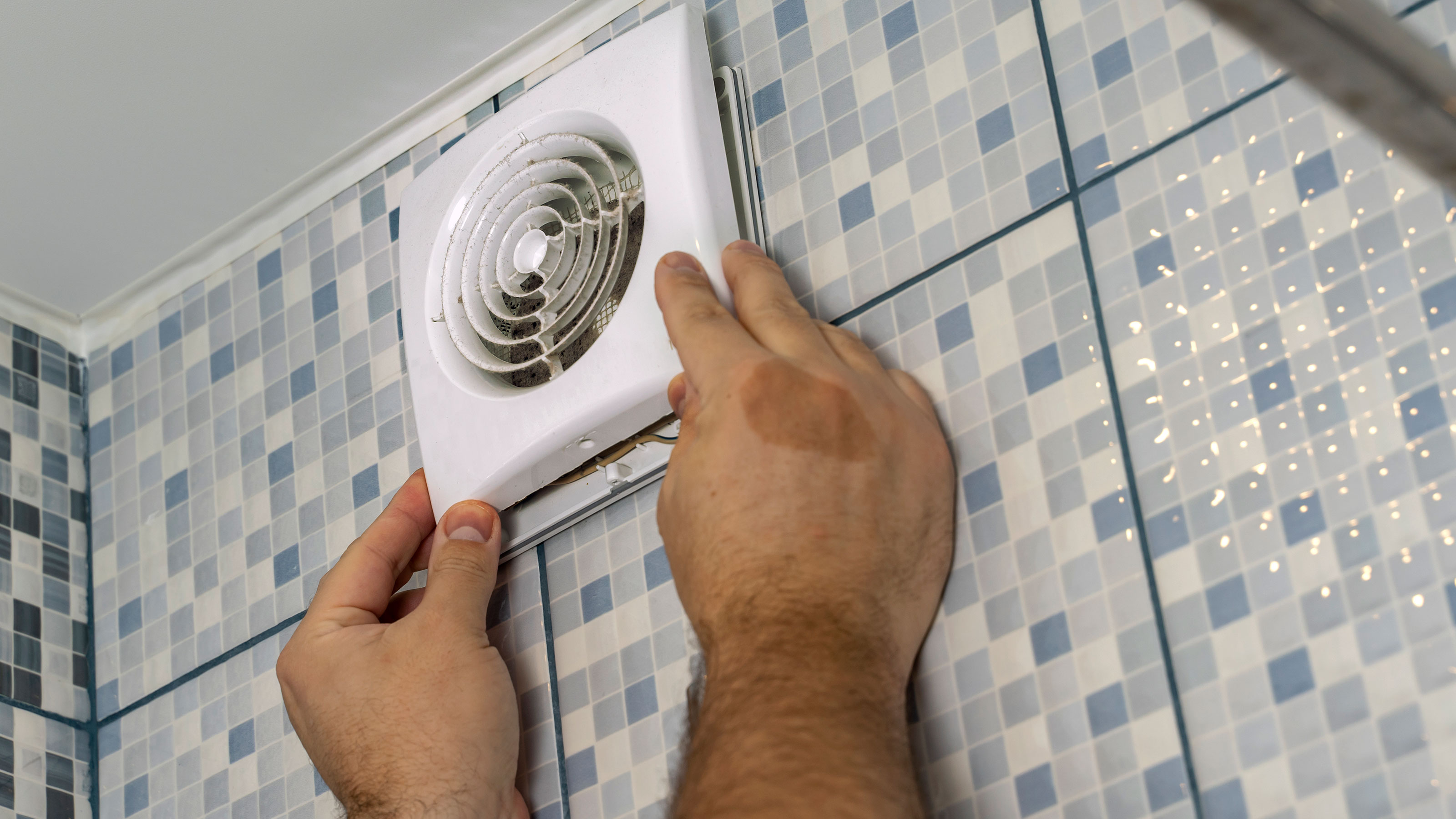
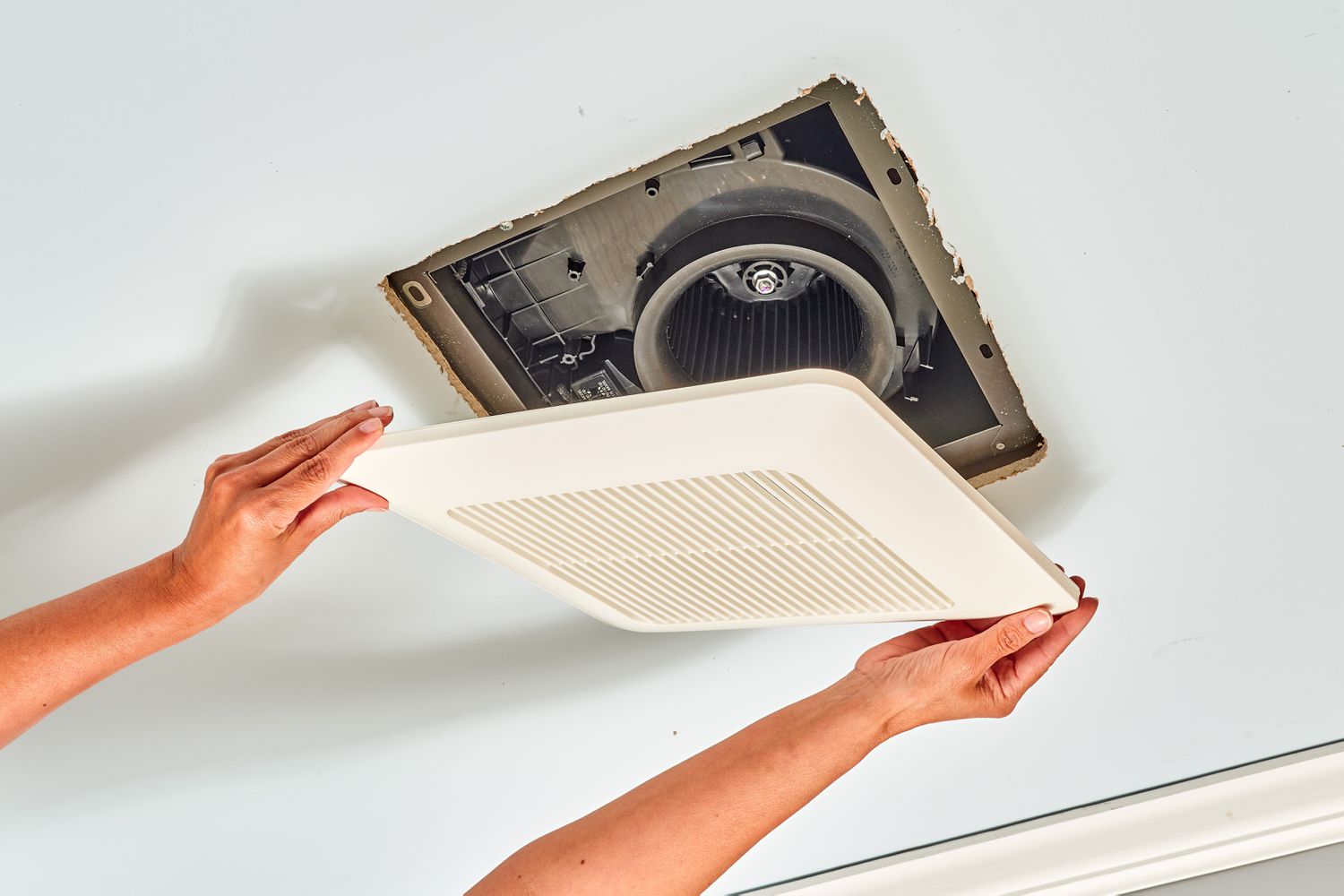
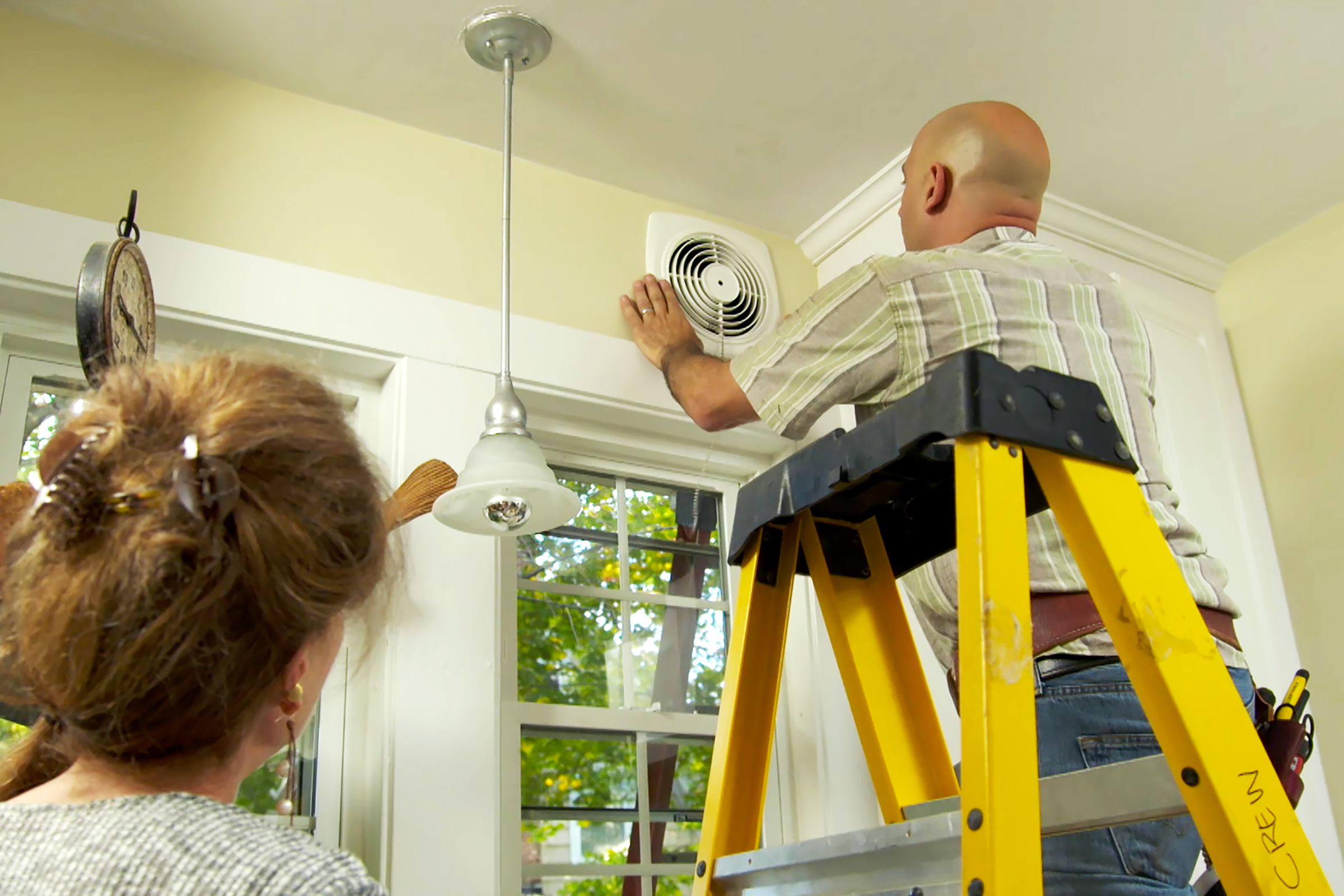
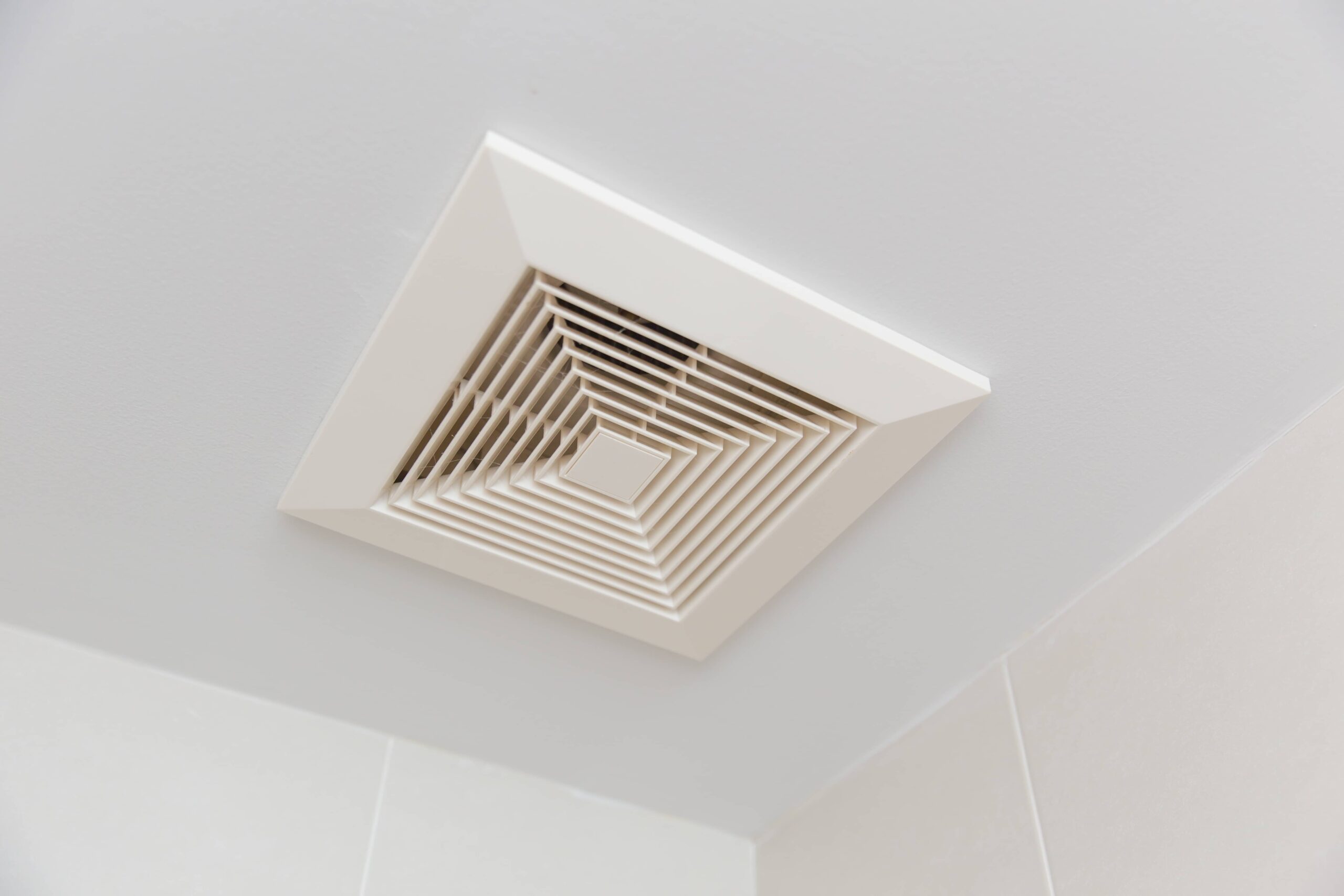
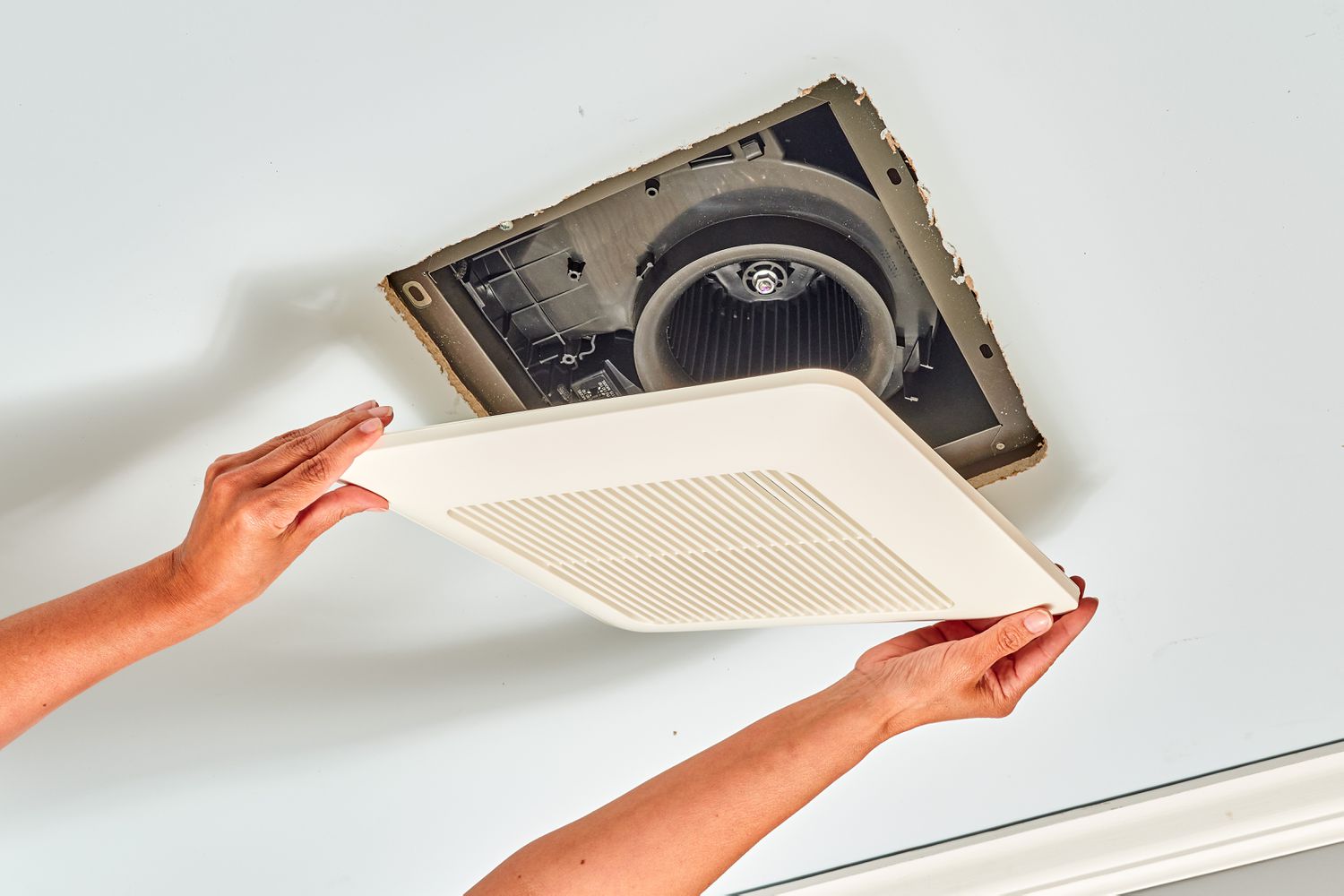
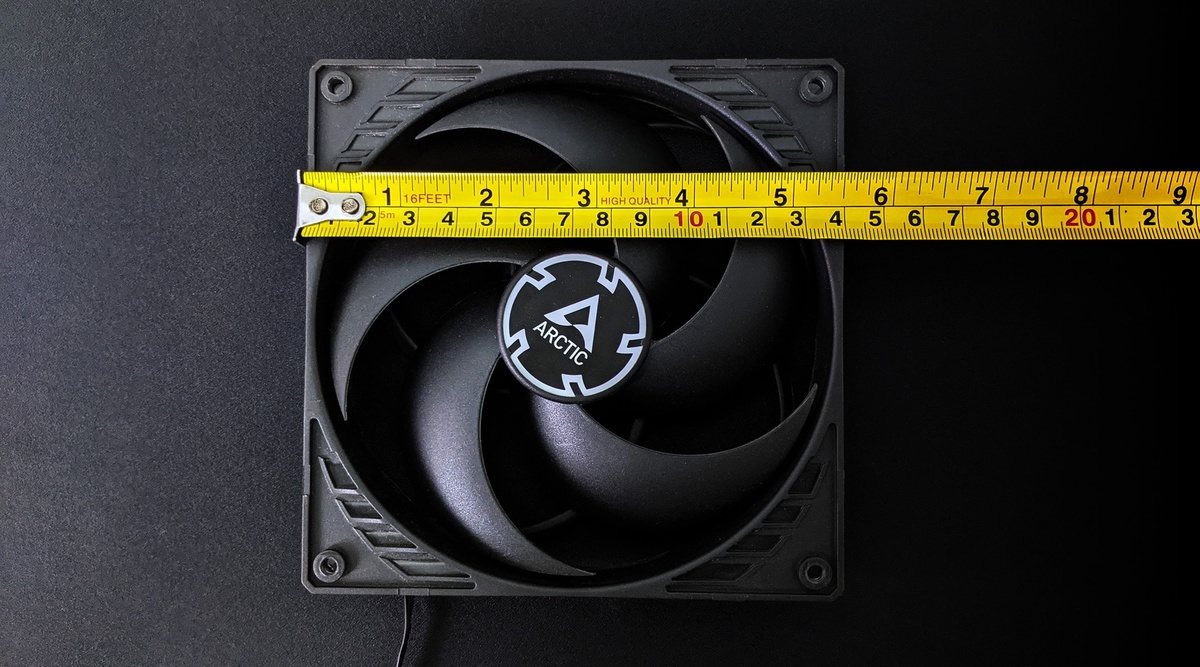
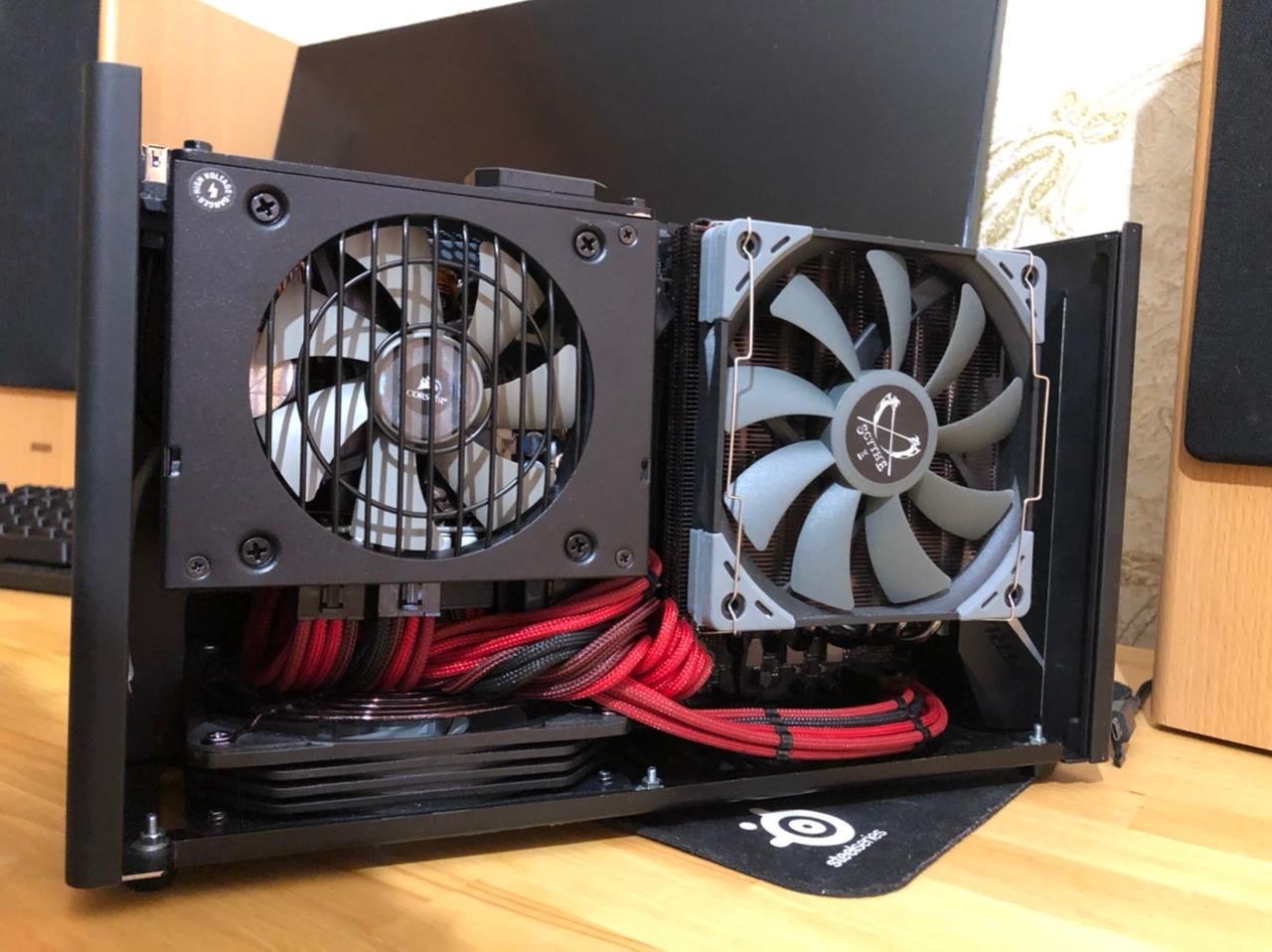
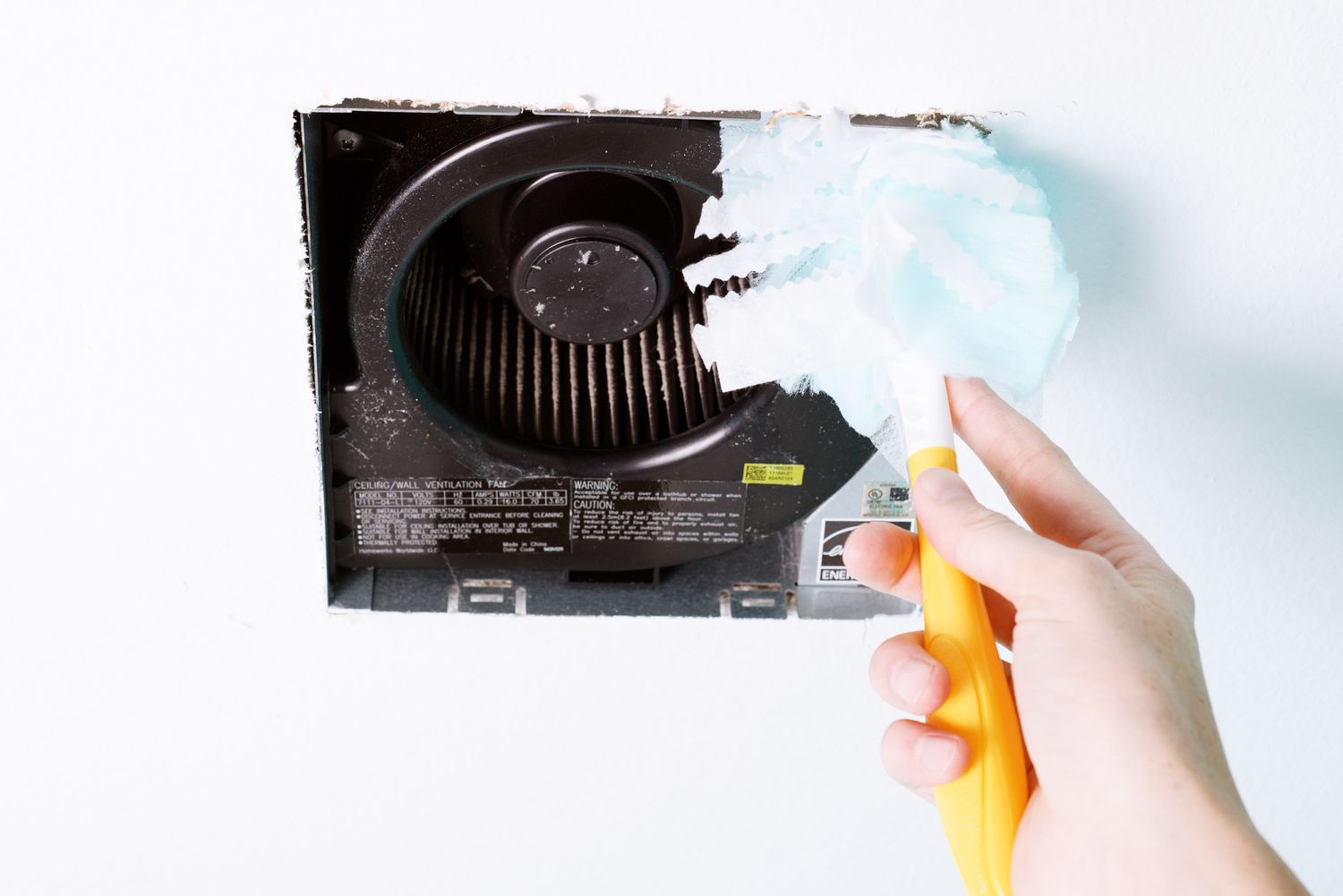
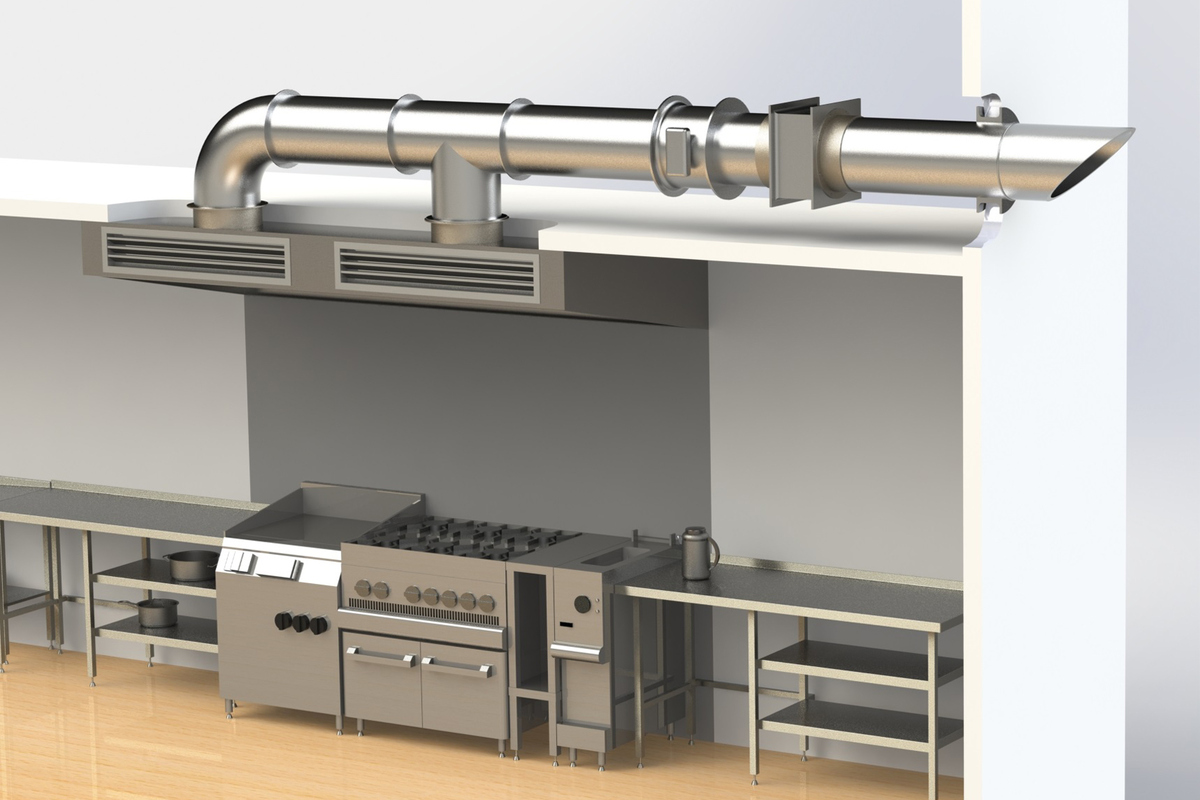
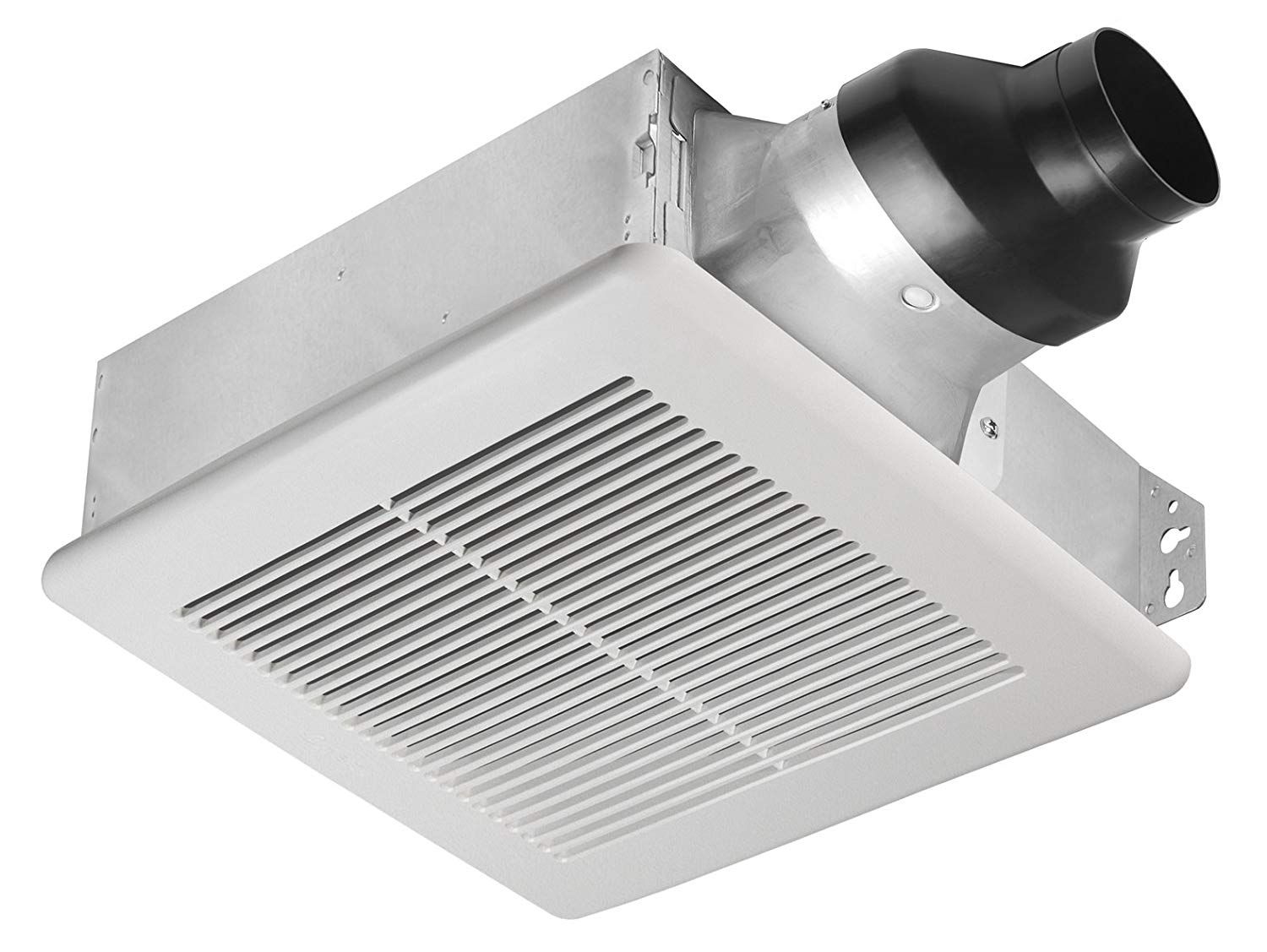
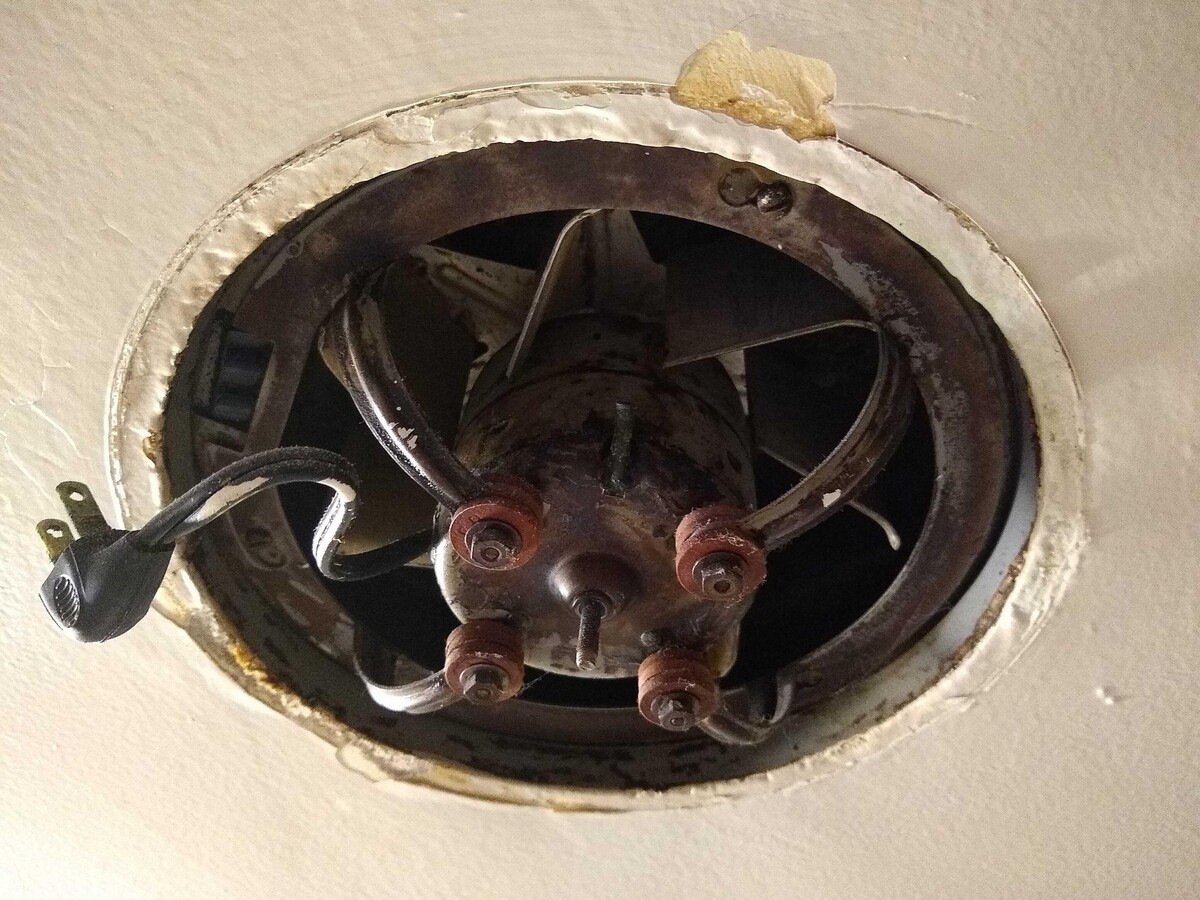
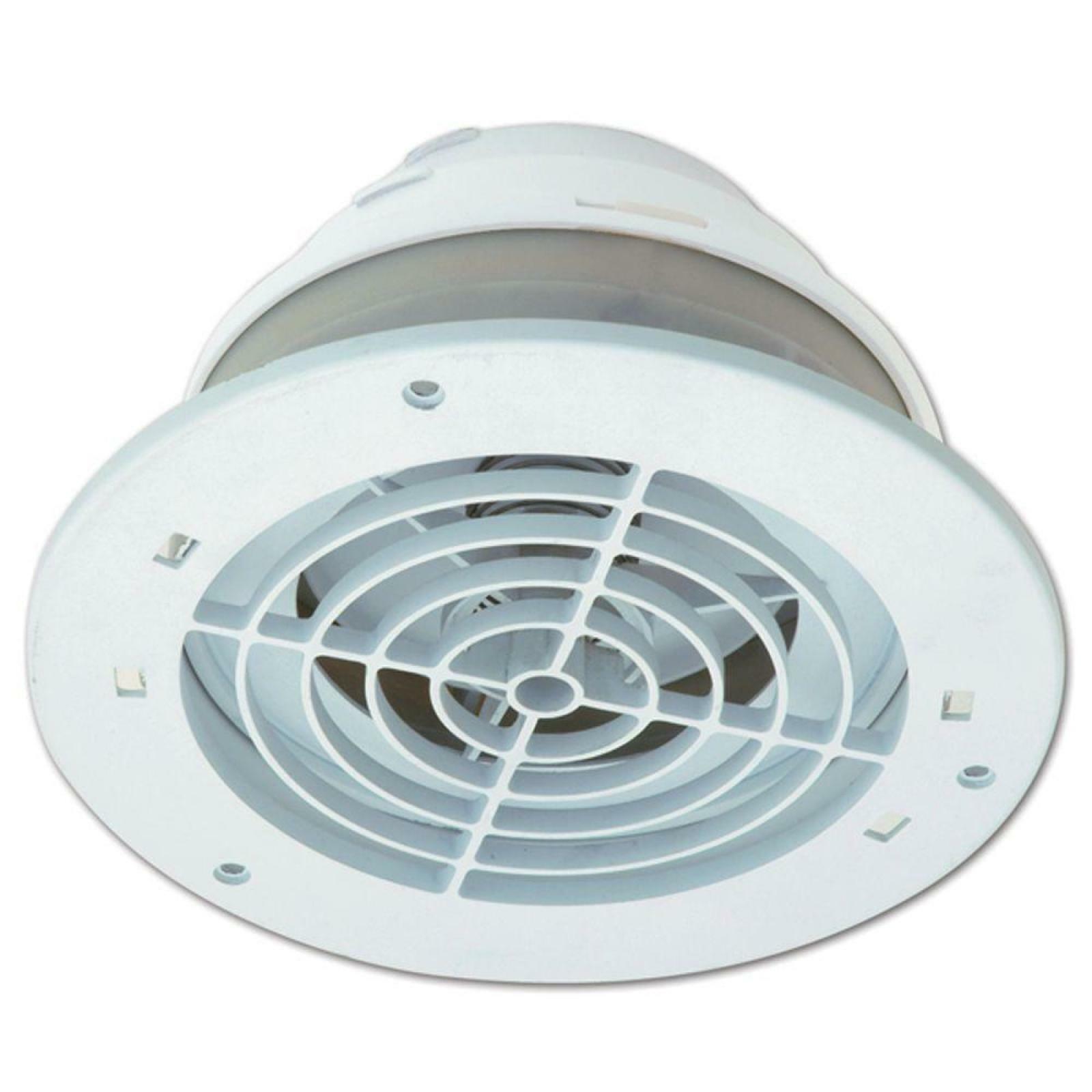

0 thoughts on “How To Choose A Bathroom Exhaust Fan”